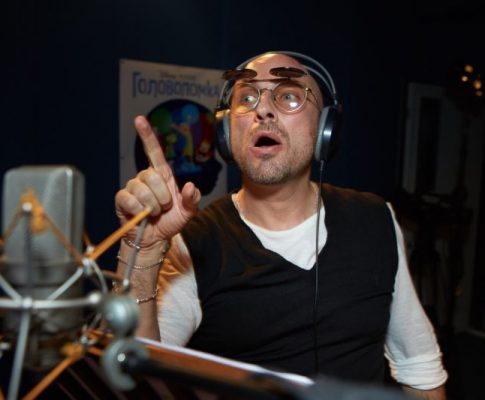Students’ mistakes spanish to english, from the point of view of foreign language teaching methods, are different, and they also need to be corrected in different ways.
Once upon a time, I made a reminder for myself.
Slips are accidental and trivial mistakes in speaking. They can quickly be detected and self-corrected by their author unaided.
Mistakes can only be corrected by the person who makes them if their deviance is pointed out to him or her. The division occurs at the level of intention. If the intention is not appropriate, this is a mistake. If the action is not what was intended this is a slip.
Errors are a systematic deviation made by learners who have not yet mastered the rules of the target language. They cannot be self-corrected until further relevant input has been provided.
Blunders are mistakes made through stupidity, ignorance or carelessness.
Faults are mistakes made on the basis of bad judgment or ignorance or inattention.
For many students, a mistake japanese to english is something very bad, something that should be avoided in any way, and something for which they will be punished in one way or another. But this point of view is fundamentally wrong. Mistake is inevitable. If a student makes a mistake, this does not mean at all that he is poorly prepared for classes, or is incapable of learning languages. Everyone makes mistakes when learning to speak a foreign language, and treating a mistake is primarily an opportunity to learn something new.
It is very important to convey this idea to students. They should not be afraid to make a mistake, otherwise a language barrier will form. It is better to speak a foreign language with errors than not to speak at all!
How and when to correct mistakes is one of the most controversial topics in the methodology of teaching foreign languages.
When I studied at school and university, my teachers corrected EVERYTHING and always, and no one, neither the teachers themselves nor the students, doubted that this was correct. Now in most articles on the methodology, I see a different approach – it is necessary first of all to take into account the learning objectives, especially the required ratio between accuracy (correctness of speech) and fluency (fluency of speech). There is no universal recipe, or universal proportions, such as “correct 75% of errors”, the main thing we can rely on is teaching experience and common sense.
For example, if a student is preparing to make a presentation at a conference, then the correctness of speech comes first. It will be necessary to carefully proofread all the slides, and repeat the speech many times, paying close attention to pronunciation and intonation. If the student’s goal is to be able to communicate with the employees of the airport, cafe and hotel, then you can safely ignore small grammatical, lexical and phonetic errors, if they do not make it difficult to understand what was said.
I am very impressed with the following approach: it is necessary to indicate that an error (mistake, not error) is present, but not to give the correct option. Thus, the student himself tries to understand what was said / written incorrectly, and he himself offers various correction options. For example, when I check a written work, first I always just underline the errors and sign their type (lexical, grammatical, stylistic, and so on), and then the student and I discuss how all this can be corrected. If you need to check the written work of a large group, this is also a way to save time. Those who are really interested will rewrite and clarify everything, and those who are not particularly interested will, in any case, throw the checked work into the bucket, just by looking at the assessment. So why should the teacher waste time and fix everything on their own?
There are various error correction methods. The most common is verbally, after the student has finished speaking. You can also write down the mistakes during the lesson, and then give the student a special tablet, where they are all indicated, with a request to write the correct version. When you observe the work of students in groups and pairs, it is worth writing out frequently repeated mistakes in order to discuss them with the whole class at the end of the lesson and, if necessary, use additional materials to consolidate the topic.
In some cases, an audio or video recording of a speech may be useful, the main thing is to focus on the goals of the training course in general and a specific exercise in particular.
It is very important to understand the cause of the error. For example, does an Upper-Intermediate student say at Monday in class simply because he is very tired at work (that is, is it a slip), or does he really not know the rules for using prepositions with the days of the week (that is, is it an error)? Can’t make up a dialogue when working in pairs due to a lack of language tools, or because he is simply shy of a partner? Was the phrase He is an invalid (he is disabled / He has a disability) built this way because of insufficient vocabulary, or should we talk a little about correctness and arrange a lesson on the topic “Talking about disability”?



